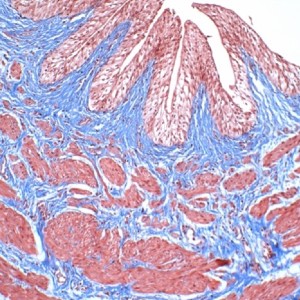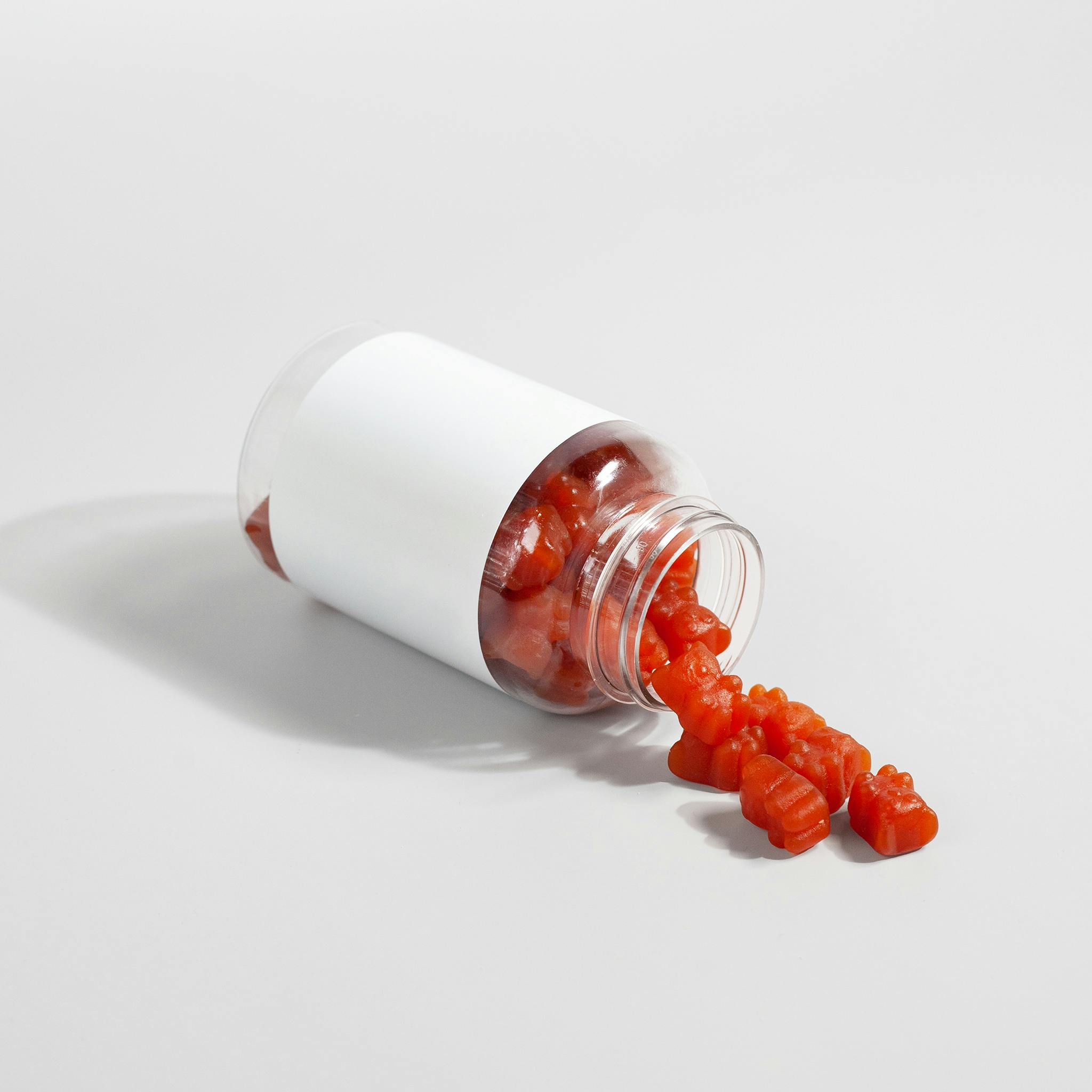Ureteropelvic junction obstruction in children by polar vessels: histological examination result

Published: May 30 2023
Abstract Views: 797
PDF: 375
HTML: 8
HTML: 8
Publisher's note
All claims expressed in this article are solely those of the authors and do not necessarily represent those of their affiliated organizations, or those of the publisher, the editors and the reviewers. Any product that may be evaluated in this article or claim that may be made by its manufacturer is not guaranteed or endorsed by the publisher.
All claims expressed in this article are solely those of the authors and do not necessarily represent those of their affiliated organizations, or those of the publisher, the editors and the reviewers. Any product that may be evaluated in this article or claim that may be made by its manufacturer is not guaranteed or endorsed by the publisher.
Similar Articles
- Salvatore Fabio Chiarenza, Elena Carretto, Valeria Bucci, Samuele Ave, Giuseppe Pulin, Cosimo Bleve, Uretero-pelvic junction obstruction in children: Is vascular hitch an effective and safe solutions in very long term outcome? Report of 25 years follow-up , La Pediatria Medica e Chirurgica: Vol. 45 No. 1 (2023)
- Cosimo Bleve, Valeria Bucci, Maria Luisa Conighi, Francesco Battaglino, Lorenzo Costa, Lorella Fasoli, Elisa Zolpi, Salvatore Fabio Chiarenza, Horseshoe kidney and uretero-pelvic-junction obstruction in a pediatric patient. Laparoscopic vascular hitch: A valid alternative to dismembered pyeloplasty? , La Pediatria Medica e Chirurgica: Vol. 39 No. 4 (2017)
- George Vlad Isac, Gabriela Mariana Danila, Sebastian Nicolae Ionescu, Spontaneous resolution and the role of endoscopic surgery in the treatment of primary obstructive megaureter: a review of the literature , La Pediatria Medica e Chirurgica: Vol. 45 No. 2 (2023)
- Salvatore Fabio Chiarenza, Cosimo Bleve, Ciro Esposito, Maria Escolino, Fabio Beretta, Maurizio Cheli, Vincenzo Di Benedetto, Maria Grazia Scuderi, Giovanni Casadio, Maurizio Marzaro, Leon Francesco Fascetti, Pietro Bagolan, Claudio Vella, Maria Luisa Conighi, Daniela Codric, Simona Nappo, Paolo Caione, Guidelines of the Italian Society of Videosurgery in Infancy for the minimally invasive treatment of the ureteropelvic-junction obstruction , La Pediatria Medica e Chirurgica: Vol. 39 No. 3 (2017)
- Salvatore Fabio Chiarenza, Lorenzo Costa, Cosimo Bleve, Torsion of cecal appendix. Report of the first Italian case and review of the literature , La Pediatria Medica e Chirurgica: Vol. 43 No. 1 (2021)
- A. Marte, M. Prezioso, L. Pintozzi, S. Cavaiuolo, S. Coppola, M. Borrelli, P. Parmeggiani, Laparoscopic treatment of UPJ obstruction in ectopic pelvic kidneys in children , La Pediatria Medica e Chirurgica: Vol. 34 No. 5 (2012)
- Arianna Mariotto, Nicola Zampieri, Mariangela Cecchetto, Francesco Saverio Camoglio, Ureteral rupture after blunt abdominal trauma in a child with unknown horseshoe kidney , La Pediatria Medica e Chirurgica: Vol. 37 No. 2 (2015)
- Mario Lima, Tommaso Gargano, Giovanni Ruggeri, Francesca Destro, Michela Maffi, Laparoscopic treatment of congenital choledochal cyst and hepaticojejunostomy with extracorporeal Roux-en-Y anastomosis: technical aspects and early experience with three cases , La Pediatria Medica e Chirurgica: Vol. 38 No. 2 (2016)
- Antonio Marte, Staghorn stone in megapolycalicosis in a child: Still the case for open surgery? Case report , La Pediatria Medica e Chirurgica: Vol. 44 No. 1 (2022)
- Andrea Zangari, Carmine Noviello, Camilla Todesco, Mercedes Romano, Letizia Trotta, Carmine Botta, Ilaria Cascone, Salvatore Scommegna, Gabriele Vasta, Vito Briganti, Alfonso Papparella, Satisfaction and results of the subareolar incision as treatment for gynecomastia in adolescents: experience of two centers , La Pediatria Medica e Chirurgica: Vol. 46 No. 2 (2024)
1-10 of 74
Next
You may also start an advanced similarity search for this article.









